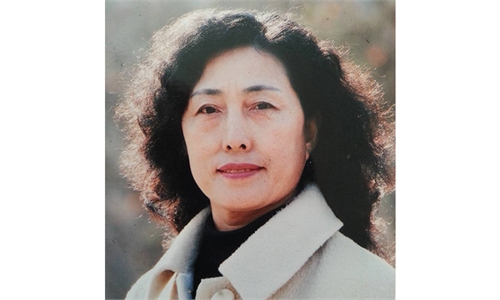MAKING CHINESE ART WORLD FAMOUS / LIST
Free Imagination of the Form and Texture of Zeng Sankai’s Landscape Paintings
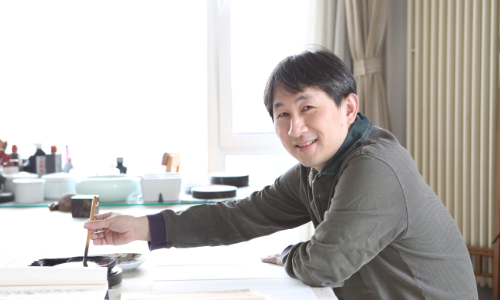
Zeng Sankai
Born in 1974, in Quanzhou, Fujian Province. He was the first PhD in landscape painting of the Central Academy of Fine Arts in 2007. Now he is an artist of the National Academy of Painting of Chinese National Academy of Arts.
The value and significance of the creator's own human nature has been laid down in the logic of the occurrence and evolution of the Chinese landscape painting. Zeng Sankai's use of non-physical creative techniques to create the imagery of the landscape is also not just an articulation of this system.
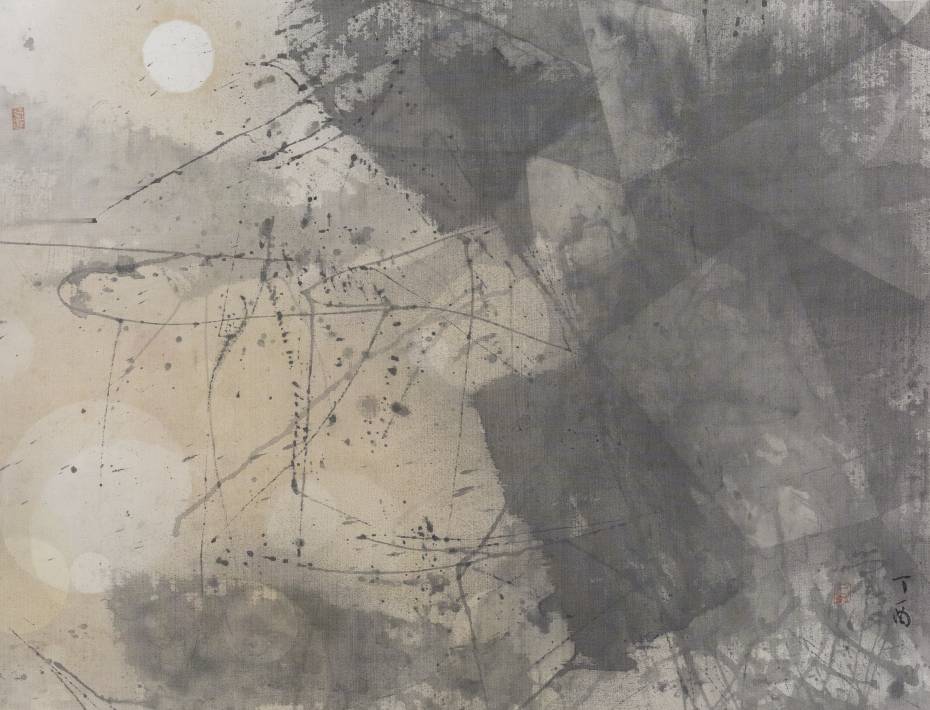
Jiang Nan Qu, 86 cm x 65 cm, 2017
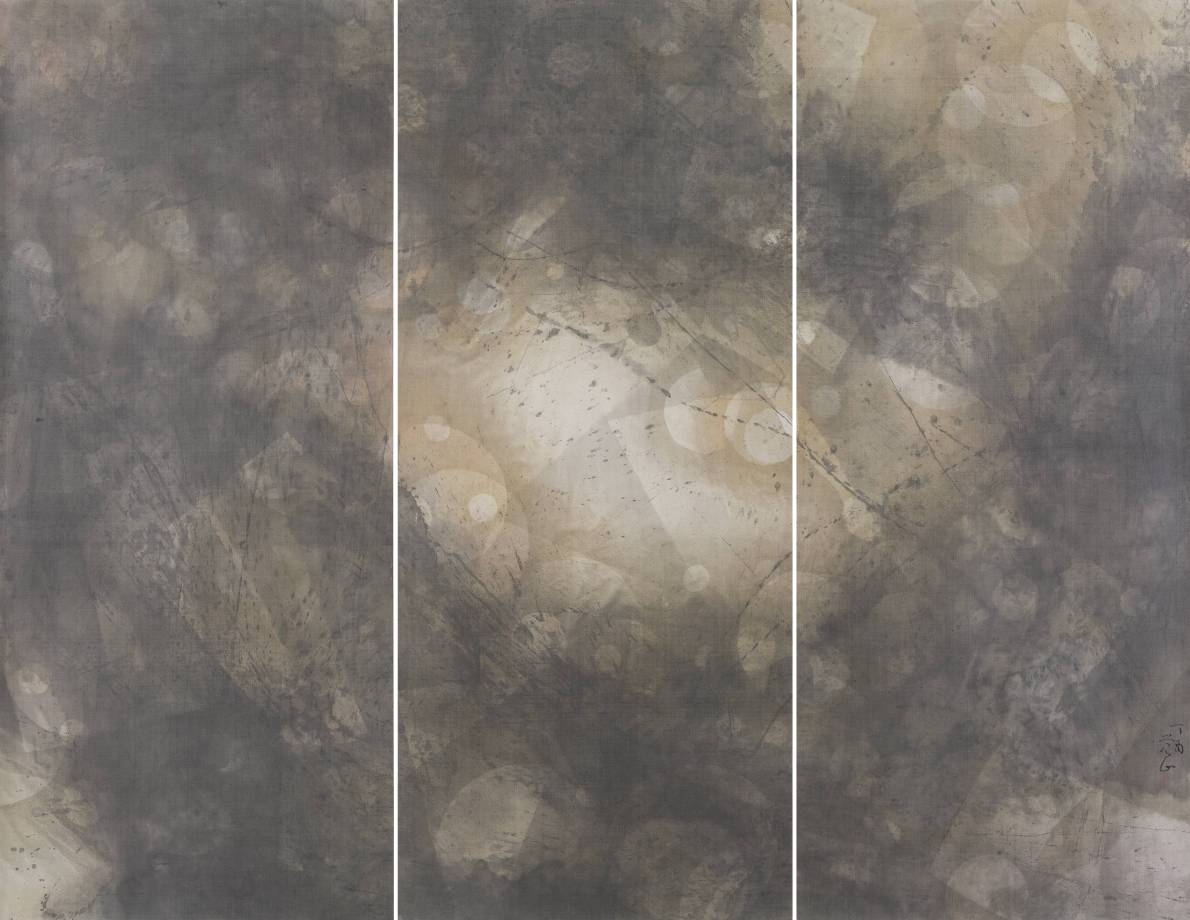
Jiang Nan Qu, 258 cm x 198 cm, 2017
Detachment from objects is not exactly abstraction. For any enlightened painter, the early landscape painting is based on natural objects, not only to observe the shape of the object, but also to record the color of the object, and to truly reflect the image characteristics of the landscape. This is only the most basic technical means.
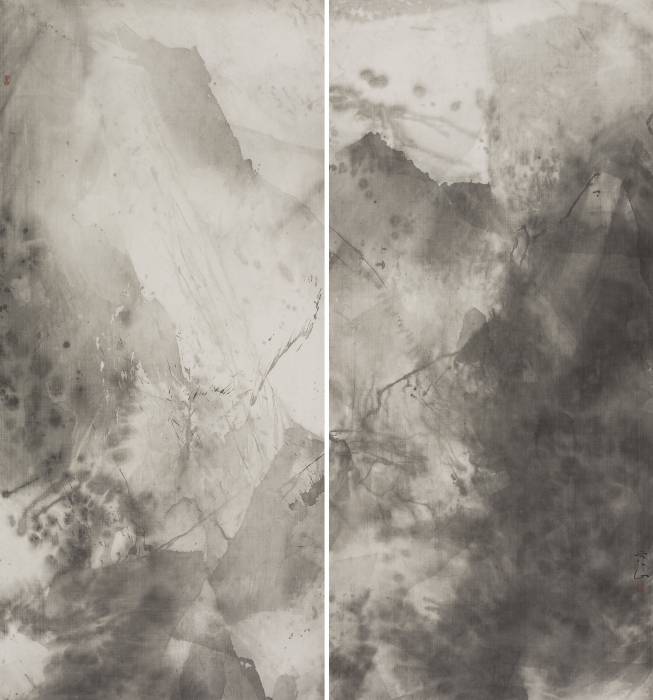
Jiang Nan Qu, 182 cm x 195 cm, 2019
On a higher level, as the Tang Dynasty(618-907) ink and wash painting pioneer Zhang Zao proposed that artist creation came from the study of nature, but the beauty of nature dids not automatically become the beauty of artas this transformation process, the artist's inner thoughts and constructions are indispensable. In practice, he explored the use of his own fingers as brush or worn-out brush in his paintings, and experimented with various new techniques.
This is not a performance art in the sense of contemporary culture, but a journey of self-awareness and discovery, and control and non-control in painting art, so that what remains on the picture is not a mere materialized ink marks, but a mental trace that unites thought and form, and a freeze-frame of all the ineffable meanings of man during the painting process.
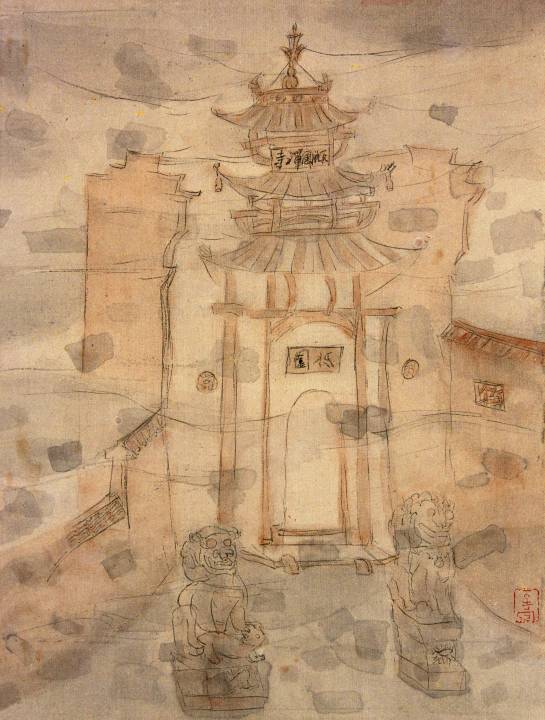
Min Yuan, 30 cm x 26 cm, 1998
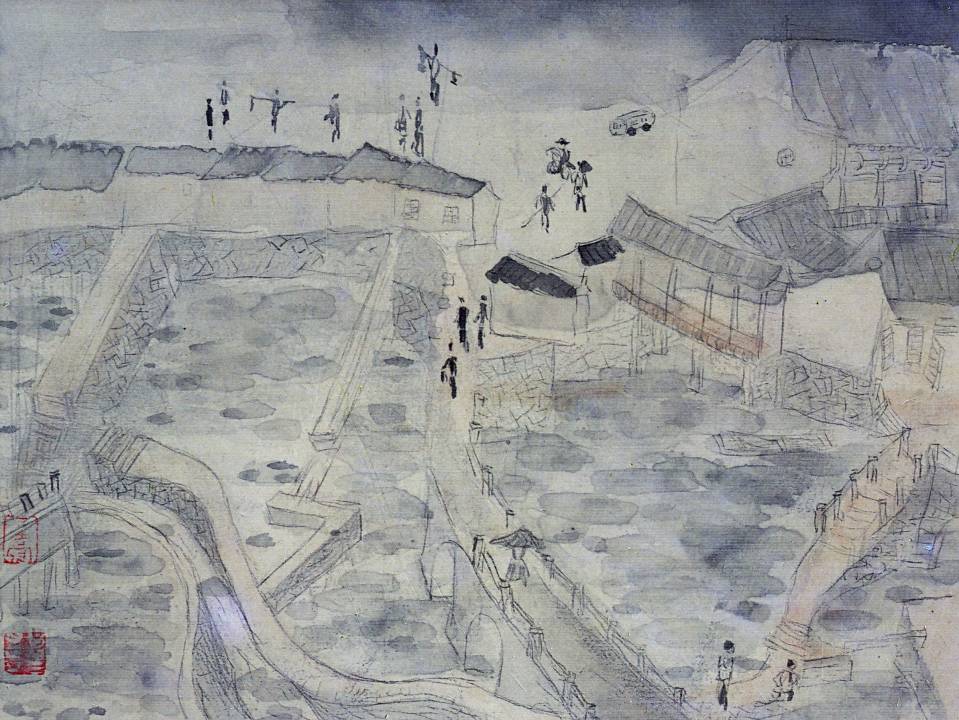
Min Yuan, 30 cm × 26 cm, 1998
At the first glance, the viewers have a feeling of dazzling vitality coming to them, especially in those huge paintings of Zeng Sankai’s creation, and this feeling is becoming more and more intense.
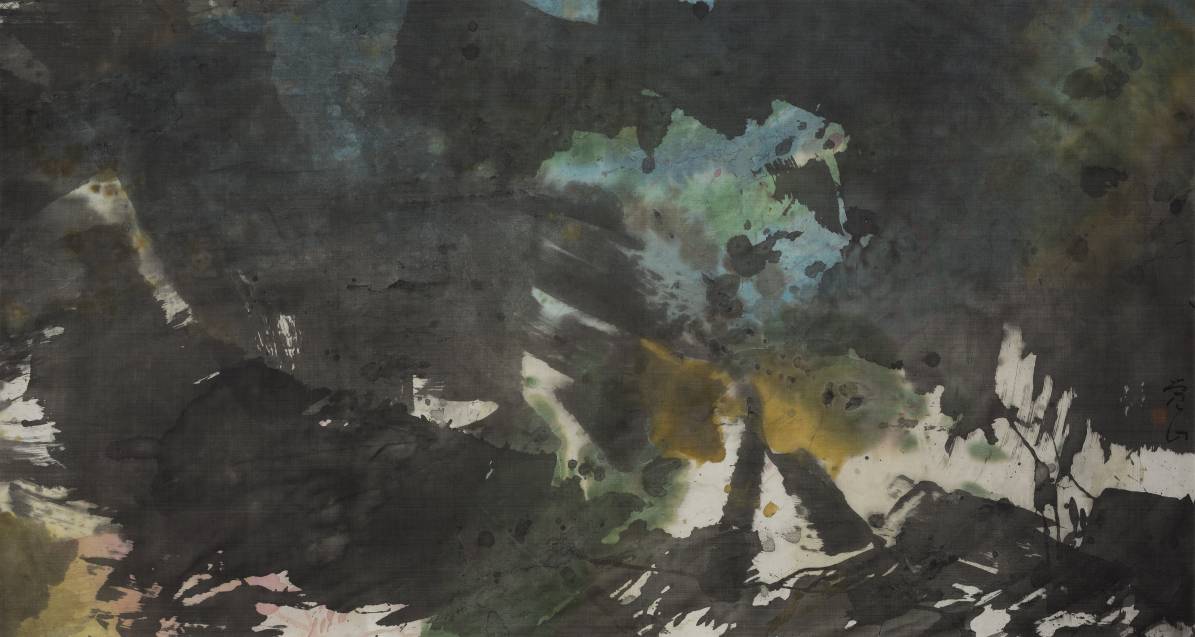
Yun Shui Yao, 168.9 cm × 89.5 cm, 2018
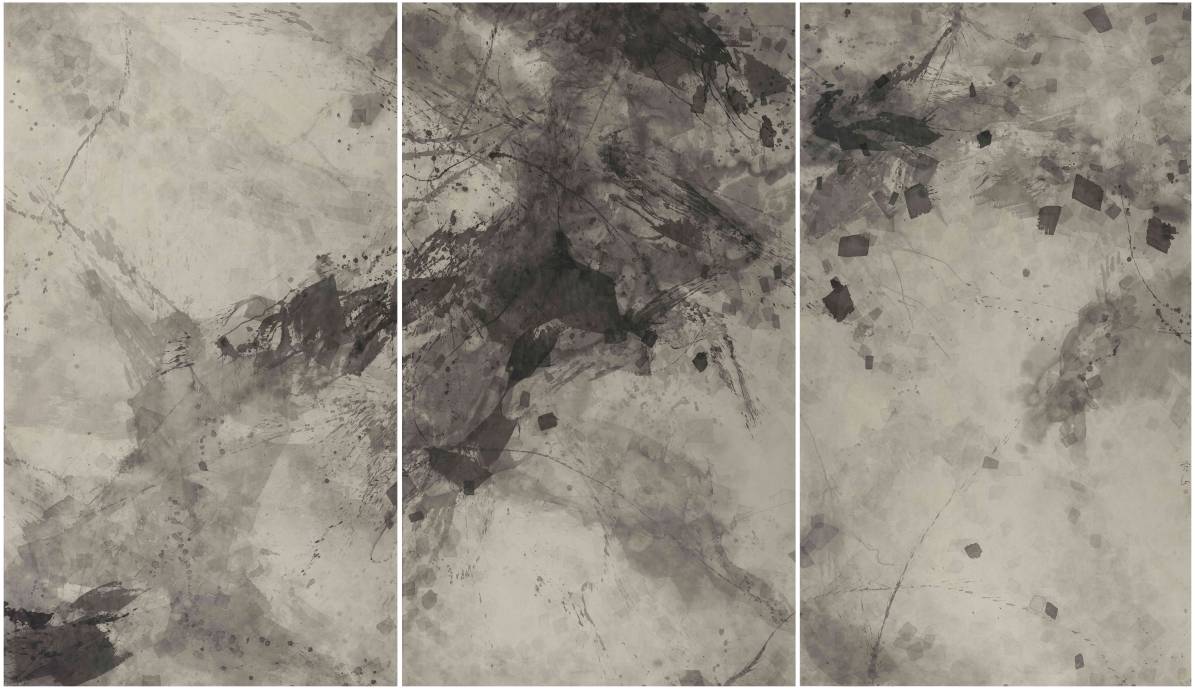
Yun Shui Yao, 392.5 cm × 204 cm, 2019
The silk scroll, which can almost be seen as one of the most enlightening material dimensions of classical Chinese painting that nurtures the delicate perception and experience of Chinese painters. Zeng Sankai's creations have already been presented over twenty years ago. And in the long period of time since then, an engaging review of ancient landscape patterns and the conscious study of cursive brushwork has allowed him to gain a new set of experiences in his recent ink and wash materials on silk.
The intuitive feeling of ink on silk is very special, which is both drifting and blurred, but also transparent and sharp, light in ink color, within the rich layers of warp and weft texture, exudes a spiritual quality like a loose fairy.
Although Sankai’s recent works are very abstract in terms of images, his interesting experience derived from Chinese calligraphy and ancient landscapes is like a string of kites, which make his free-flying “Yun Shui Yao” and “Jiangnan Song” hovering in the rhythm and hue of some kind of “the ancient delight”.
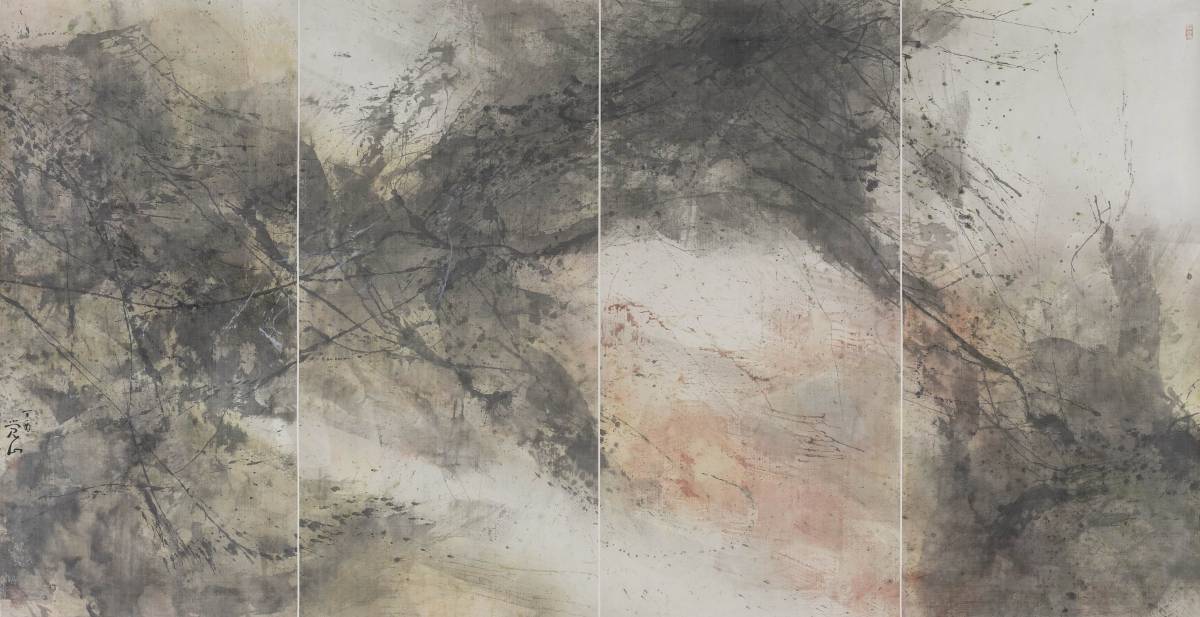
Yun Shui Yao, 337 cm × 173 cm, 2017
Zeng Sankai's recent landscape paintings on silk show us that Chinese landscapes and the landscape painting are both an ideal object for spiritual settlement and an artistic imagination that allows painting to flourish freely.
